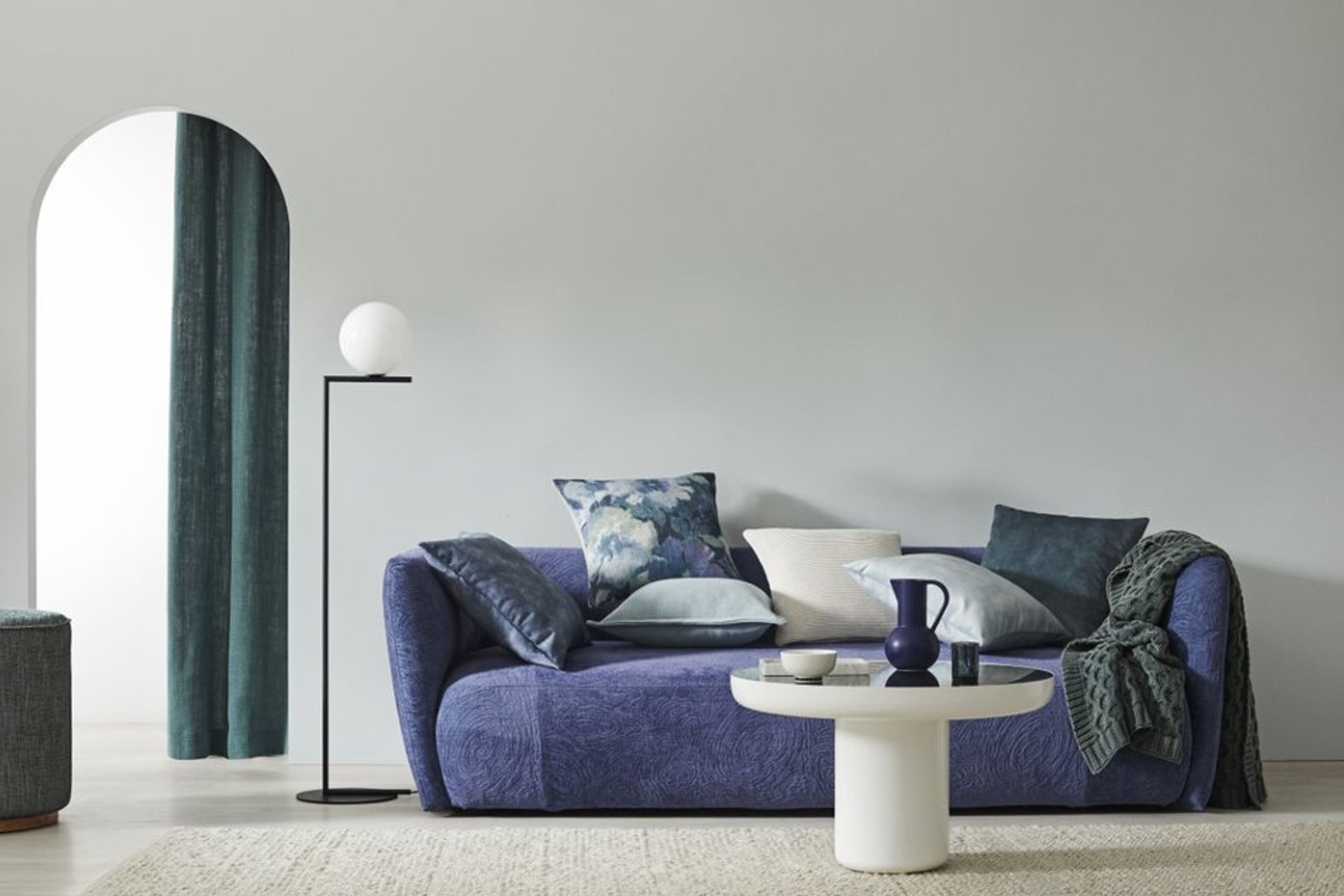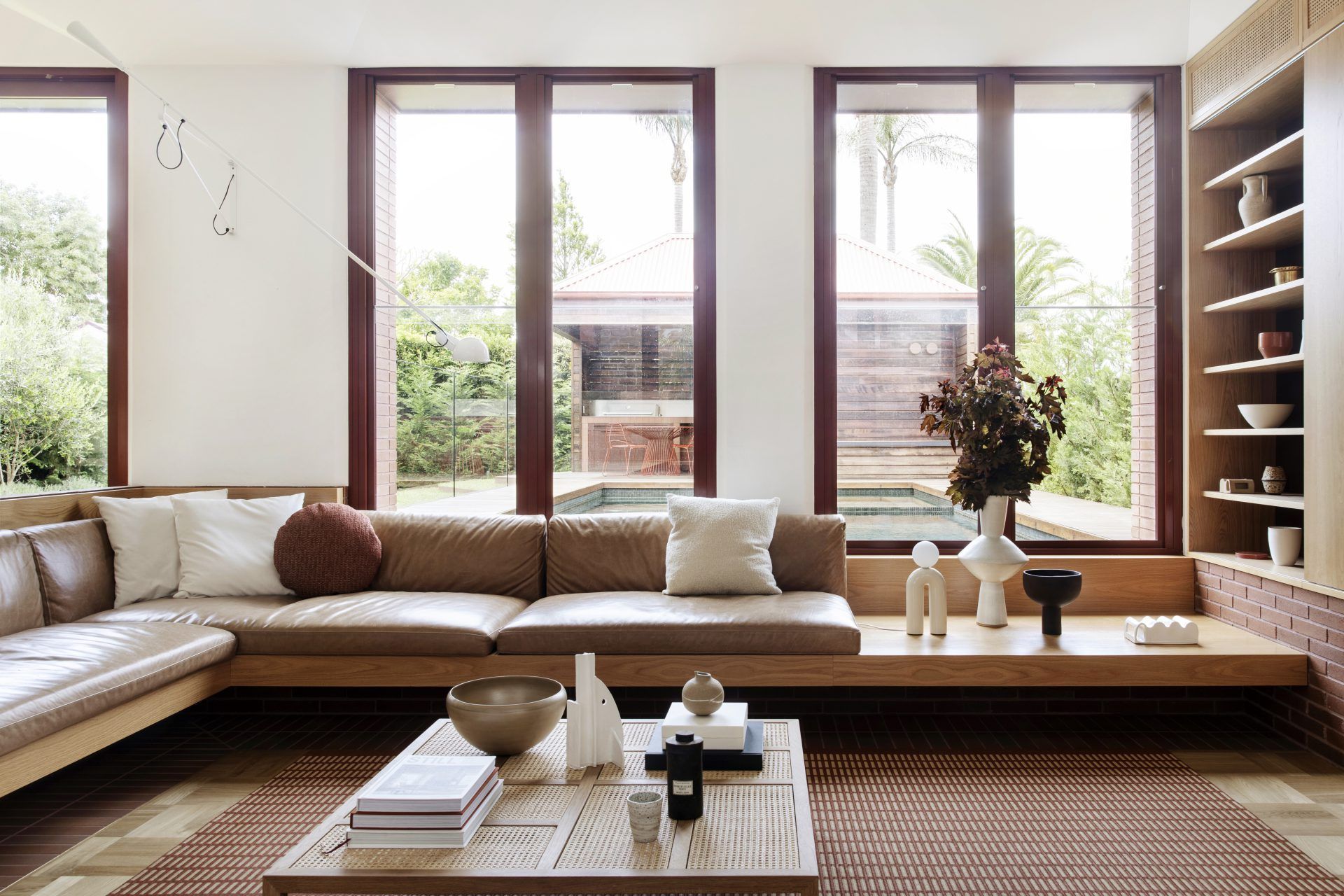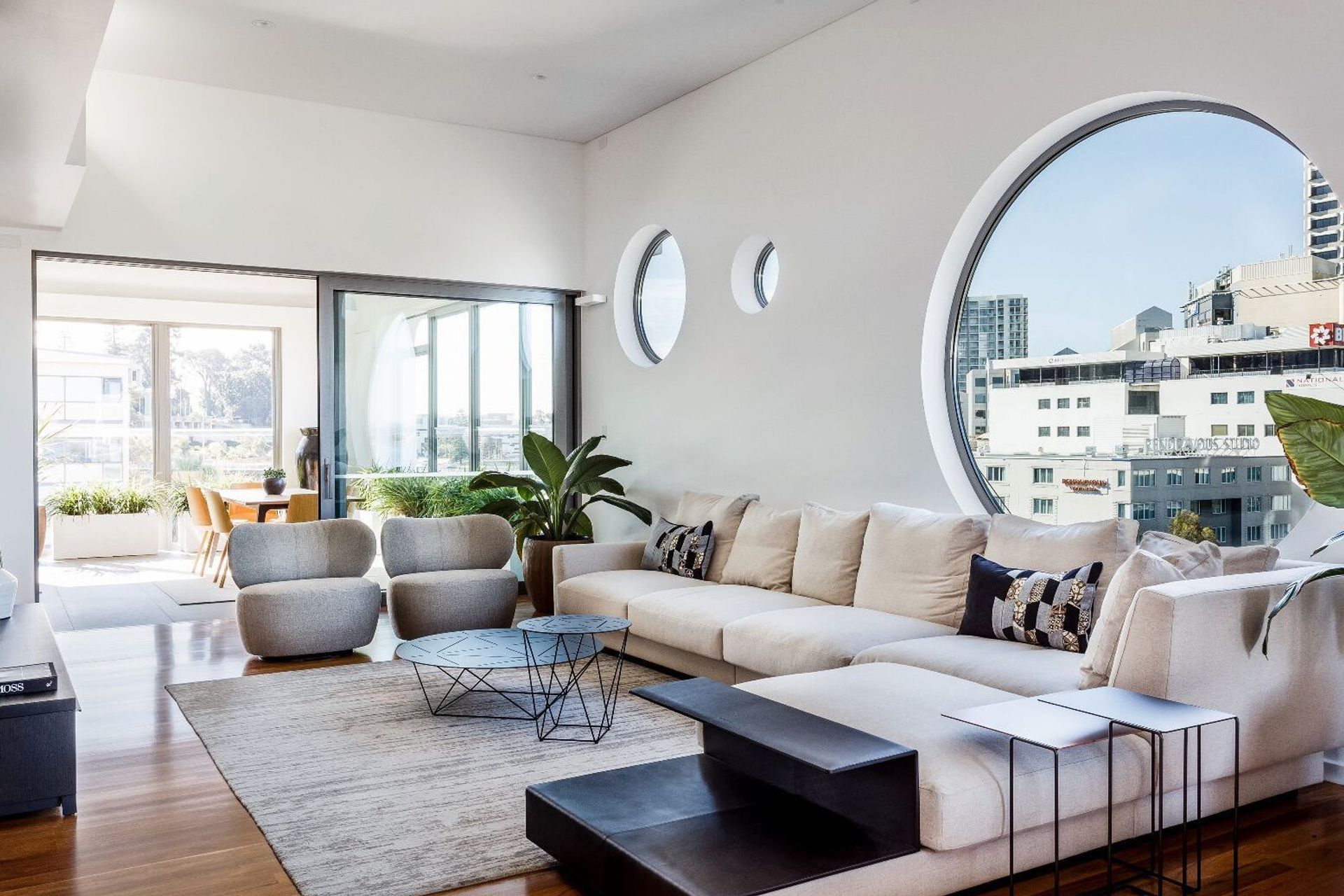How to match cushions to your sofa: a style guide

Knowing exactly how to match cushions to your sofa can be challenging. Many people do so without much thought, not realising the potential that exists when done well. Thankfully, you can follow some basic fundamentals to create a look that adds a pleasing stylistic element to your home decor.

Sofa cushions: the basics
Before getting into materials, styles, and other details involved in picking the right cushion collection, you need to have a grasp of the basics. Otherwise, your understanding of how and why things work will be lacking.
Firstly, cushions are something that can enhance your living room without having to spend too much money. There are, of course, designer cushions that are absolutely stunning and well worth their price tags, but equally, there is a place and purpose for simple cushions with solid colours too. Moreover, sofas are rarely sold with cushions, which is why they often become an afterthought once you’ve had a new one delivered.
However, this isn’t necessarily a problem as there’s a fantastic range of cushions with diverse designs meaning there’ll be something suitable no matter what kind of sofa you’ve bought. Cushions can correct mistakes, drawing attention away from a sofa style or colour that doesn’t work on its own. Larger cushions can also be used to cover old stains or wear and tear, negating the need for a full sofa replacement.

Sizes and styles
When styling cushions, it's essential to consider their sizes, shapes, and types. For living rooms or bedrooms, where sofas are common, decorative cushions are typically favoured.
There are four main types of decorative cushions: throw cushions, bolster cushions, lumbar cushions, and box cushions.
Throw cushions are usually square, rectangular, or triangular, known for their thick and wide design.
Bolster cushions are long and cylindrical, offering excellent neck and back support.
Lumbar cushions strike a balance between practicality and style; while often associated with travel, they can enhance a sofa’s look when paired with attractive fabrics.
Lastly, box cushions, despite their name, are not always box-shaped and can include round designs. The typical size for these cushions ranges from 18 x 18 inches to 20 x 20 inches.
Related article: Complete guide to contemporary home decor

Common sofa cushion fillings
While some sofa cushions may complement your home design beautifully, they aren’t always comfortable, and comfort is a crucial factor when choosing cushions. This makes it essential to carefully consider the filling and material.
Common cushion fillings include foam, hollow-fill fibre, feathers, polyester, and batting. Among these, foam is the most popular choice for sofa cushions as it provides comfort and helps maintain the cushion’s shape over time.

How to match cushions to your sofa
Creating a coherent design for your home can be challenging, especially if it's your first time or you're struggling to develop a theme. Discovering the perfect sofa cushions is about several elements. You need to consider a colour palette, how many cushions you want, the size and shape and the arrangement when selecting your new cushions. It might seem like a lot of details to remember, but once you start getting through them, you’ll find an end result begins to take shape.
1. Colour palette
The best way to determine your colour scheme is by examining the room where the sofa is and looking at other furniture and decorations. You want to pick a colour that matches these features in a harmonious way. Many people often choose the same colour for the curtains and cushions as a way to create cohesion within a living room. You might also want to pick some cushions that are the same colour and others that contrast. For instance, you can use dark tones like black with lighter tones such as white or yellow.
Related article: What colours go with a grey sofa? 9 ideas for chic styling
2. Quantity
Of course, the number of sofa cushions you'll need will depend on the size of both the cushions and the sofa. The larger the cushions the fewer you’ll need with the inverse being true for sofa size.
For a 2 seater sofa, we would recommend 2 - 4 cushions as a maximum. Any more than that and the sofa starts to get too full and busy.
For a standard 3 seater sofa you can usually accommodate anywhere between 3 - 6 cushions. Even numbers can help you achieve symmetry, while odd numbers bring their own eclectic style.
For large corner sofas, you could stretch this to a maximum of 9 cushions, mixing and matching colours and patterns to create a truly unique assemble.

3. Sizes and shapes
People often choose a pair of the same size cushions and another pair of different sizes. This helps create depth and texture, especially when introducing patterns too. Shapes can also be used in multiple ways either to complement the design style of the room or as a way of drawing attention to themselves.
4. Arranging sofa cushions
Cushion arrangement is extremely important when it comes to successful sofa matches. The best-matched sofa cushion combinations can go horribly wrong if they are scattered in a nonsensical way.
The traditional look, which still works today, is to put two matching cushions at either end of a standard 2 or 3-seater sofa. However, if you're looking to create a modern feel then you can be more liberal with your arrangement. Some like to arrange and layer cushions of different sizes in the middle of a sofa to create depth and draw the eye. Others prefer the uniformity that an equal-sized lineup can bring.
Alternatively, you can try the 3:2 arrangement with three cushions at one end and two at the other. This is particularly effective when playing with different patterns and textures.

5. Textures and materials
Texture and material choices are plentiful when it comes to cushions, with the likes of leather, wool, velvet, and linen to consider. Mixing and matching these light and heavy materials is another way of creating visual depth and interest, especially when you also leverage this against the texture of your sofa. It can be a great form of contrast, which can make both sofa and cushions stand out as features in your living room.
Related article: Interior design tips for every room in the home

Enhance your sofa with beautiful cushions
Ultimately, there are some simple but stylish techniques and strategies you can follow when deciding how to match cushions to your sofa. Following these fundamentals, you can have some fun being adventurous and daring to achieve a look that is unique and fitting to you.
This article was updated on the 11th December 2024
Explore an extensive collection of premium cushions from Australian suppliers on ArchiPro
